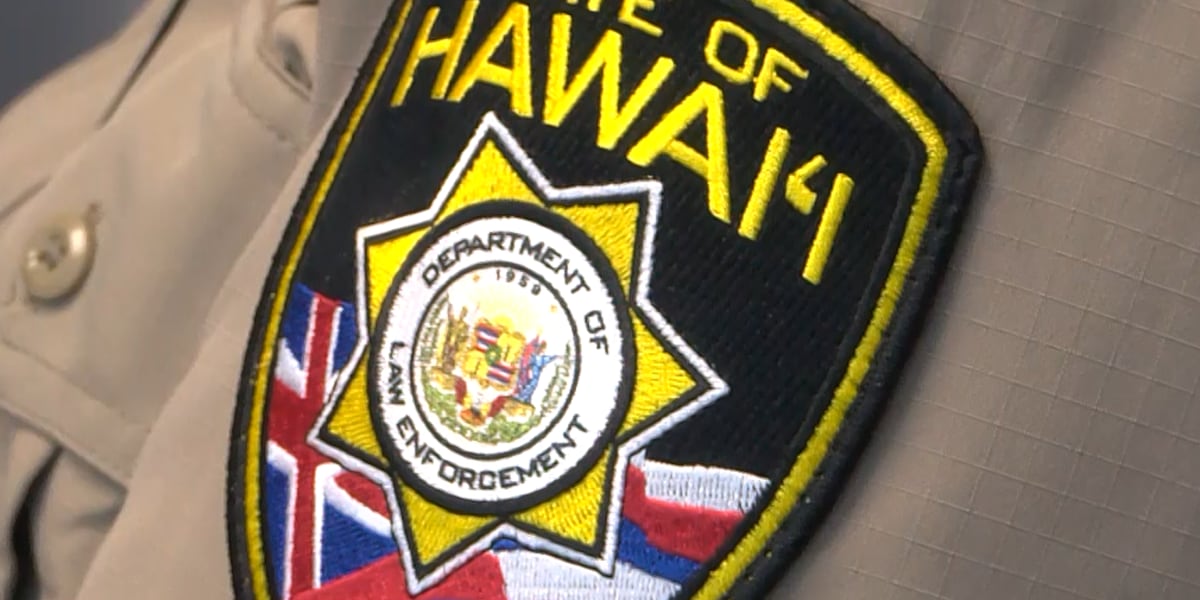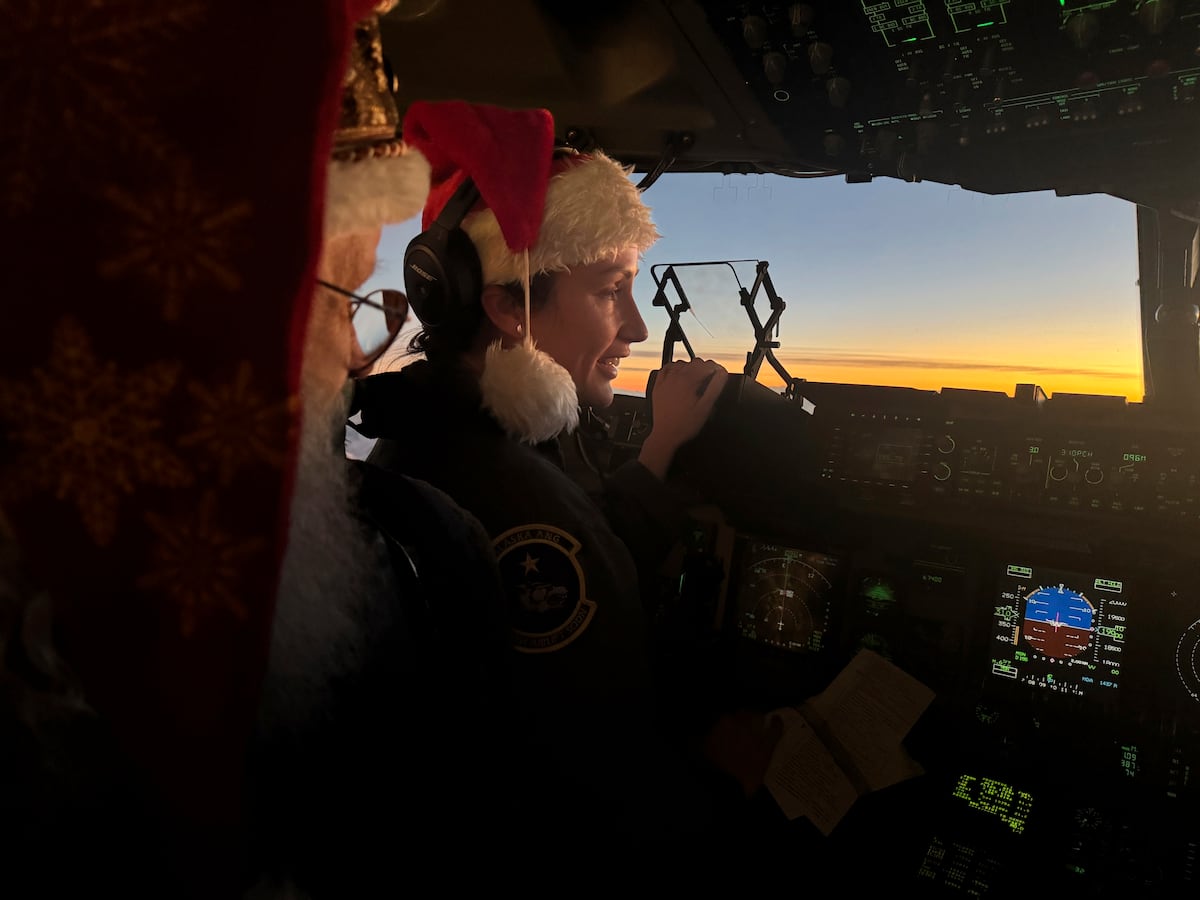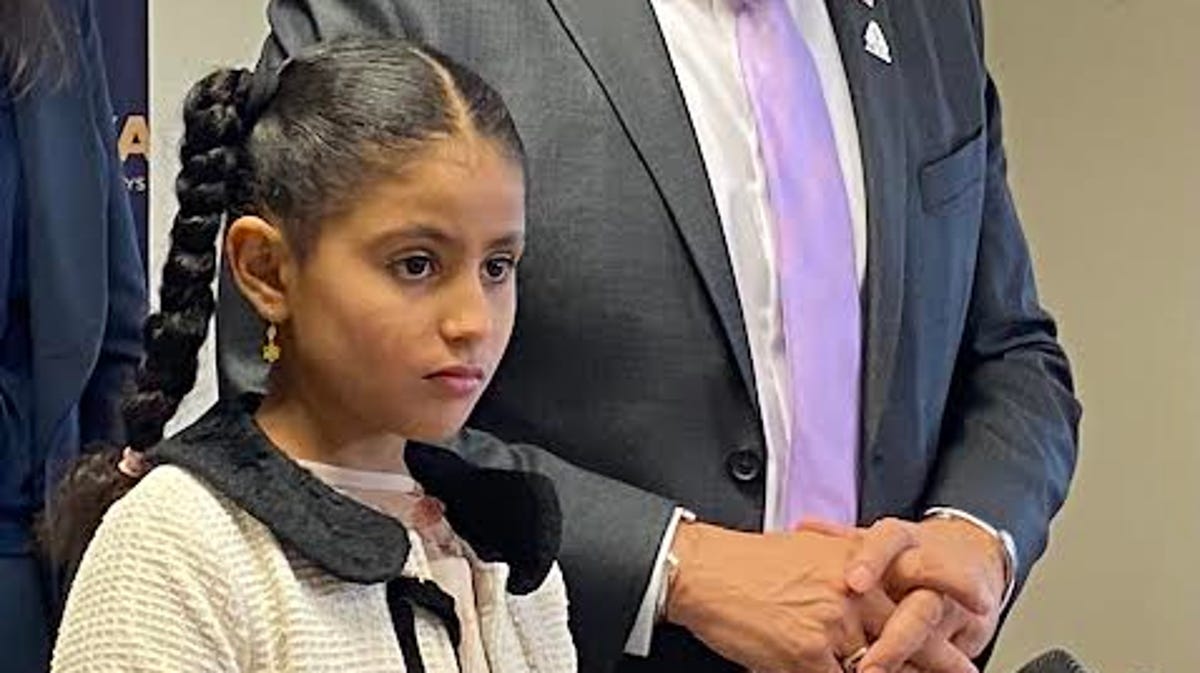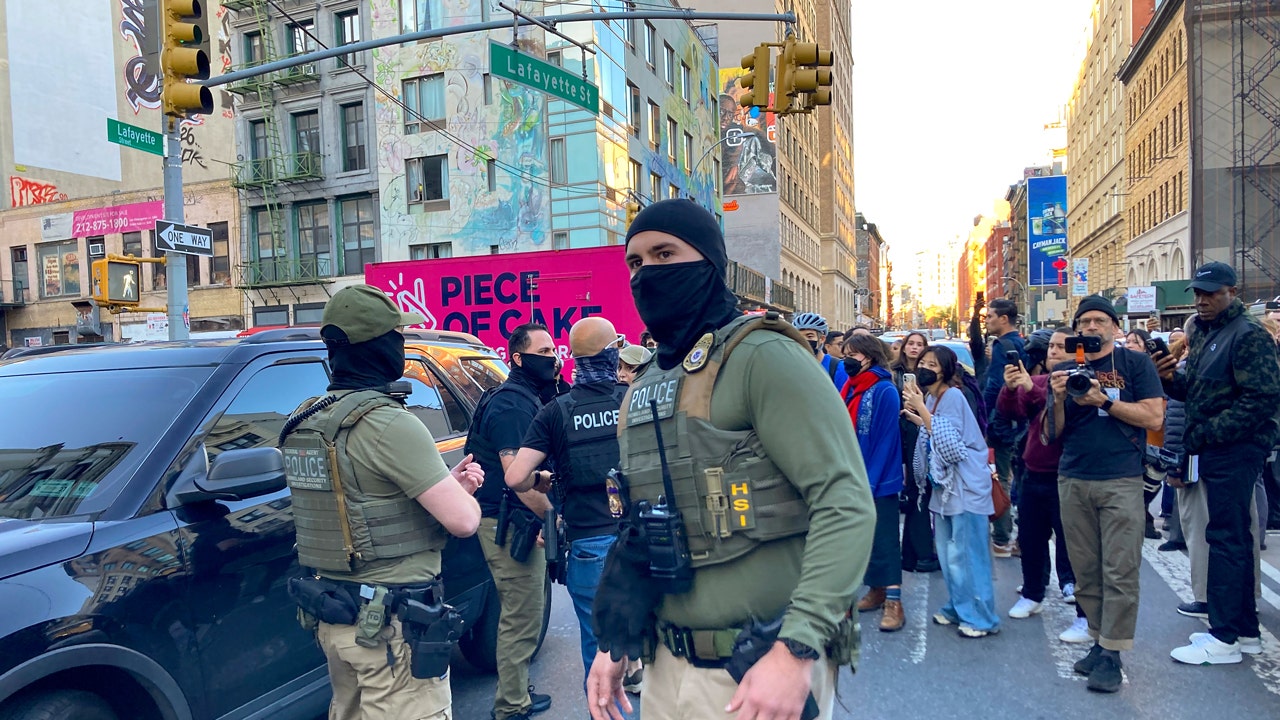Hawaii
More families file claims against Navy for Hawaii water contamination
:quality(70)/cloudfront-us-east-1.images.arcpublishing.com/archetype/D7DH6LC5PVFUPO7CBBDKRKHZJA.jpg)
Another 1,002 military family members and civilians filed administrative claims against the government Tuesday, seeking monetary damages related to fuel-contaminated drinking water in Hawaii.
Under the Federal Tort Claims Act, they allege the Navy released jet fuel and other contaminants from the Red Hill Bulk Fuel Facility into the families’ drinking water at least twice in 2021 — May 6 and Nov. 20 — and didn’t immediately disclose the incidents.
This brings the total to 1,499 administrative claims filed against the Navy, said Kristina Baehr, founder of Just Well Law, one of three law firms representing nearly 3,000 people affected by the water crisis. These SF-95 administrative claims are required before individuals can sue the government. If their claims are denied, they will join the pending federal court lawsuit in Honolulu. To date, the government hasn’t granted any of the administrative claims, Baehr said. The claims are generally seeking monetary damages related to medical issues and medical monitoring now and possibly for the rest of their lives.
“The Navy has accepted responsibility for contaminating our clients’ drinking water with jet fuel,” Baehr said. “But the Navy refuses to accept responsibility for any long-term harm. These claims offer the Navy an opportunity to make it right, just as they have promised.”
Navy officials in Hawaii didn’t comment before publication, but in the past officials have declined to comment on these cases, citing pending litigation.
More clients are contacting the attorneys every day, Baehr said. The statute of limitations for filing the administrative claims expires in November, and the attorneys expect to continue taking clients until Aug. 15, to allow enough time to meet the deadline. “I want to be sure we get what we need from people to file their claims,” she said.
There are currently 296 plaintiffs in the federal case, she said. Baehr’s firm, Just Well Law, the Hosoda Law Group and Motley Rice LLC are representing the people alleging they were affected by the tainted water.
All told, more than 93,000 individuals were affected, from 9,715 households in 19 different communities on the Navy water system of Joint Base Pearl Harbor-Hickam. They include residents of two Army communities and Air Force communities in the Hickam side. Some Hawaiian civilians were also affected, living in homes supplied by Navy water.
On Nov. 28, 2021, military families reported smelling fuel odors and seeing an oily film in their tap water. But some had reported mysterious abdominal pain, vomiting, memory loss, skin rashes, eye irritation, and teeth and gum issues even before the signs of fuel appeared. At first, Navy officials told residents it was okay to drink the water.
“The Navy knew that there was fuel in the water and yet reassured residents for days that ‘there was no indication that the water was not safe to drink,’” Baehr said.
RELATED
She said 67% of her firm’s clients are still experiencing health problems after the 2021 contaminations.
“The majority of my clients are still sick more than 18 months later,” she said. “And yet this was entirely preventable — if only the Navy had told them to stop drinking the water that the Navy knew was contaminated.”
Two-thirds of their clients have experienced neurological symptoms, and two-thirds have had skin problems; 56% have had reported gastrointestinal problems; and 41% respiratory problems, Baehr said.
Nearly half of the firm’s clients have moved out of their contaminated houses. Of those who stayed, 83% couldn’t afford to leave. Of those who moved, 87% moved off the island, she said. In addition, 12% of their clients have lost wages related to the crisis.
In early December, 2021, military officials offered families the option to move to hotels at government expense, and thousands did so. Water, laundry services and shower facilities were provided to those who chose to stay in their houses.
After massive flushing operations and testing — overseen by a joint working group of experts from the Navy and Army, the Hawaii Department of Health, and the Environmental Protection Agency — the water in the last of 19 zones was declared safe to drink on March 18, 2022.
On March 7, 2022, Secretary of Defense Lloyd Austin announced his decision to close the Red Hill Bulk Fuel Storage Facility, and to remove the fuel reserves from the 20 underground tanks, redistributing the fuel across the Indo-Pacific region. Officials have begun the process to defuel and shut down the tanks.
Karen has covered military families, quality of life and consumer issues for Military Times for more than 30 years, and is co-author of a chapter on media coverage of military families in the book “A Battle Plan for Supporting Military Families.” She previously worked for newspapers in Guam, Norfolk, Jacksonville, Fla., and Athens, Ga.

Hawaii
10 missing children and youth on Oahu recovered through ‘Operation Shine the Light’

HONOLULU (HawaiiNewsNow) – A multi-agency operation, called “Operation Shine the Light,” successfully recovered 10 endangered missing children and youth on Oahu over the weekend.
The effort, led by the Hawaii Department of the Attorney General and the Hawaii Department of Human Services, also resulted in several arrests and investigations into child victimization.
The recovered individuals, ranging in age from 13 to 18, were reported as runaways and were considered to be at high risk of abuse, exploitation, and/or trafficking.
This initiative not only located the vulnerable children and provided them with essential services, it simultaneously deterred other predators.
Operation Shine the Light involved a large coalition of agencies, including the Honolulu Police Department, FBI, U.S. Marshals Service, U.S. Secret Service, Army Criminal Investigation Division, Department of Law Enforcement Sheriff Division, Hale Kipa Statewide Trafficking Victim Assistance Program, Oahu First Circuit Family Court, and the National Center for Missing and Exploited Children, alongside other community partners.
According to the NCMEC, one in seven of the more than 29,000 children reported missing in 2024 were likely victims of child sex trafficking. The number rises to 18% for children who had run from child welfare care.
Federal law, specifically the Preventing Sex Trafficking and Strengthening Families Act of 2014, mandates that state social service agencies immediately report any missing or abducted child in state care to both law enforcement and NCMEC.
Operation Shine the Light was originally launched in 2020 by the Hawaii Department of the Attorney General’s Internet Crimes Against Children Task Force and Missing Child Center-Hawaii.
It serves as a cooperative model focused on the recovery and protection of endangered missing foster youth.
“Operation Shine the Light is a multidisciplinary task force model unique to our state where compassion, focus, attention, professionalism and preparedness all come together to bring endangered keiki home safely,” said MCCH Coordinator Amanda Leonard. “There is no waiting period to report a missing, abducted or runaway child to your local police department.”
Community members are urged to help in the fight against child abuse and trafficking by contacting the Hawaii Department of Human Services hotlines:
- Child Abuse or Neglect: (808) 832-5300 (Oahu)
- Child Abuse aor Neglect: (888) 380-3088 (Hawaii Island, Maui, Molokai, Lanai, Kauai)
- Child Trafficking: (808) 832-1999 (Oahu)
- Child Trafficking: (888) 398-1188 (Hawaii Island, Maui, Molokai, Lanai, Kauai)
Anyone with information regarding missing children or the exploitation of children is encouraged to contact the National Center for Missing and Exploited Children at (800) THE-LOST (1-800-843-5678).
Copyright 2025 Hawaii News Now. All rights reserved.
Hawaii
New report shows significant increase in keiki poverty in Hawaii
HONOLULU (HawaiiNewsNow) – A new national report is raising the alarm about a sharp rise in Hawaii children living in poverty.
The report by the Annie E. Casey Foundation shows child poverty has risen by one-third since the pandemic.
Nicole Woo, director of research and economic policy at the Hawaii Children’s Action Network, said the increase amounts to about 8,000 more children now living in poverty.
“One of the main reasons for this increase in child poverty is the loss of pandemic supports the federal stimulus and the child tax credit,” Woo said. “Without those kinds of financial supports, families are falling back into poverty in Hawaii and across the country.”
The report also found that without current programs like food assistance, rental aid and tax credits, the number of children in poverty would more than double from about 37,000 to 84,000, or one in four keiki statewide.
“Parents are struggling between paying for food, paying for rent and all those crucial things that keiki need to thrive,” Woo said.
That includes families like Mia Hall’s. The military spouse and family engagement specialist says her household falls under what Aloha United Way calls an ALICE family: asset limited, income constrained, yet employed.
She says the ongoing government shutdown has made life even harder.
“We do live paycheck to paycheck, which is true for a lot of families in Hawaii,” Hall said. “I have a second part-time job, but it’s still not enough to make up for the loss we’d experience if my husband didn’t get paid.”
Hall says the shutdown also disrupted care for her son, who has autism and Tourette’s syndrome.
“They just cut off all the therapies for my son, his occupational therapy, his physical therapy everything he needs,” she said.
The Hawaii Children’s Action Network encourages families in need to visit hawaiifoodhelp.com, which connects residents to programs such as SNAP (Supplemental Nutrition Assistance Program), WIC (Supplemental Nutrition Program for Women, Infants, and Children), and free school meals.
Copyright 2025 Hawaii News Now. All rights reserved.
Hawaii
Commission to discuss search for next Hawaii County police chief – Hawaii Tribune-Herald
With a mid-April deadline in sight, the Hawaii County Police Commission is ramping up efforts to select the island’s next police chief — and fast.
-

 World2 days ago
World2 days agoIsrael continues deadly Gaza truce breaches as US seeks to strengthen deal
-

 Technology2 days ago
Technology2 days agoAI girlfriend apps leak millions of private chats
-

 News2 days ago
News2 days agoTrump news at a glance: president can send national guard to Portland, for now
-

 Business2 days ago
Business2 days agoUnionized baristas want Olympics to drop Starbucks as its ‘official coffee partner’
-

 Politics2 days ago
Politics2 days agoTrump admin on pace to shatter deportation record by end of first year: ‘Just the beginning’
-
Science2 days ago
Peanut allergies in children drop following advice to feed the allergen to babies, study finds
-

 News1 day ago
News1 day agoVideo: Federal Agents Detain Man During New York City Raid
-

 News1 day ago
News1 day agoBooks about race and gender to be returned to school libraries on some military bases




















